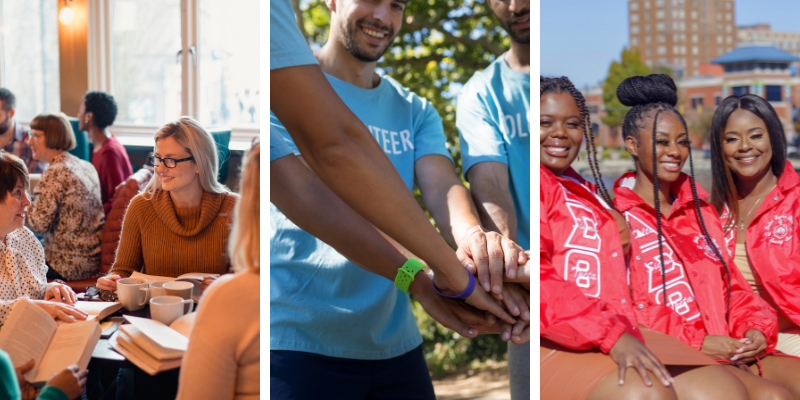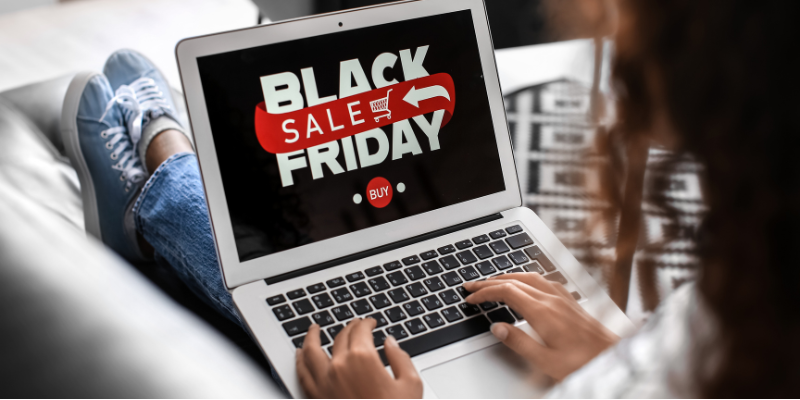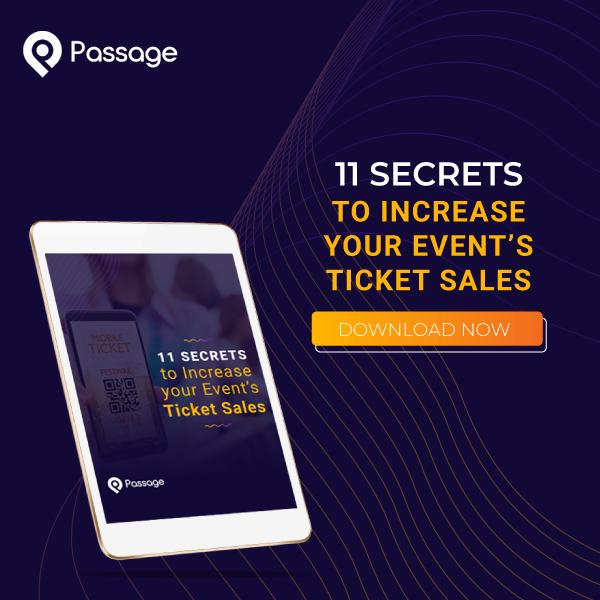We’re on a mission to help event organizers like you reach more fans and sell more tickets. And knowing how to find those new fans is a key to your success.
Some events take a “spray and pray” approach to marketing: throwing your message on as many random channels as you can, hoping that it sticks somewhere. But that gets expensive fast, and it’s not really effective.
The most successful event producers use a targeted approach to marketing. They know exactly who they are trying to reach.
Want to know their secret? It’s all about target audiences.
In this blog post, we’ll dive into what a target audience is, how to identify your ideal customer, and the best strategies for spending your event marketing dollars effectively.
What is a Target Audience?
Simply put, a target audience is a specific group of people you want to reach with your marketing message. This group is defined by various characteristics such as demographics, interests, behavior, and needs.
For example, let’s say you’re hosting a Renaissance Festival. Your primary target audience might be history enthusiasts aged 25-60 who live within 50 miles of your venue. They enjoy visiting museums, historical sites, and other educational attractions. Your audience might also include families with children, cosplay and fantasy enthusiasts, or performance and theater fans.
Identifying your target audience helps you focus your marketing efforts on those who are most likely to be interested in your event, ensuring that your resources are used efficiently and effectively. Within your target audience are buyer personas: an archetype of the type of person who fits within your ideal audience. By identifying and building out your buyer personas, you can build a target audience that is reachable on specific marketing channels. Without it, you’re just throwing spaghetti against the wall.
Tips for Finding Your Target Audience
1. Analyze Your Current Customers
Start by looking at the people who are already engaging with your events. Analyze your existing customer base to identify common characteristics. Consider factors such as age, gender, location, occupation, interests, and purchasing behavior. This data can provide valuable insights into who is most interested in your products or services.
2. Conduct Market Research
Market research involves gathering information about your industry and competitors. Use surveys, interviews, and focus groups to gain a deeper understanding of your potential audience. Look for trends and patterns in the data that can help you identify your target audience.
3. Use Social Media Analytics
Social media platforms offer a wealth of data about your followers. Use analytics tools to discover demographic information, interests, and engagement patterns. This data can help you refine your target audience and understand what type of content resonates with them.
4. Create Customer Surveys
Send out surveys to your email list or social media followers to gather more information about your audience. Ask questions about their preferences, needs, and behaviors. The responses can provide insights that help you define your target audience more clearly.
5. Analyze Website and Event Data
Review the analytics from your website and past events. Look at metrics such as page views, bounce rates, and time spent on different pages. For events, analyze attendee data to identify patterns and preferences. This information can help you understand who is most interested in your offerings.
How to Build Buyer Personas
Once you've gathered data about your target audience, the next step is to create buyer personas. A buyer persona is a semi-fictional representation of your ideal customer based on real data and insights. Here’s how to build effective buyer personas:
1. Gather Demographic Information
Collect basic demographic information such as age, gender, income, education level, and location. This information provides a foundation for your personas and helps you understand the general characteristics of your target audience.
2. Understand Their Goals and Challenges
Identify the goals and challenges of your target audience. What are they trying to achieve? What obstacles do they face? Understanding these factors helps you create content and events that address their needs and provide solutions.
3. Analyze Their Behavior
Examine how your target audience interacts with your brand and other similar brands. Look at their buying behavior, content preferences, and engagement patterns. This information helps you tailor your marketing efforts to match their behavior.
4. Identify Their Interests and Values
Consider what interests and values are important to your target audience. Are they motivated by sustainability, innovation, or community involvement? Understanding their values helps you create messaging that resonates with them on a deeper level.
5. Create Detailed Personas
Combine all the information you’ve gathered to create detailed buyer personas. Give each persona a name, photo, and backstory. Describe their demographics, goals, challenges, behavior, interests, and values. These personas should be as detailed as possible to provide a clear picture of your ideal customers.
6. Use Personas to Guide Your Marketing
Use your buyer personas to guide your marketing strategy. Tailor your event planning, messaging, and promotion to meet the needs and preferences of your personas. This targeted approach ensures that your marketing efforts are relevant and effective.

Tips for Engaging Your Target Audience
Tailored Marketing
Create marketing materials that appeal to each segment or buyer persona. Use imagery and language that speaks to their interests, age, and educational backgrounds.
Diverse Programming
Offer a range of activities at your event to cater to different interests. Refer back to your research on each buyer persona and make sure there’s at least a few things they’ll really enjoy. This gives your target customers a compelling reason to buy tickets.
Social Media Engagement
Use social media platforms where your audience spends most of their time. Share content that highlights the interactive and visual aspects of your event. For example, if your target audience includes ticket purchasers aged 18-25, your resources might be better spent producing TikTok videos and YouTube shorts than relying on platforms like Facebook or X.
Highlight Unique Offerings
Emphasize unique aspects of your event, such as featured artists, unique food offerings, and interactive experiences or activities, to attract your target customers.
Final Thoughts
Event marketing can be a powerful tool to connect with your customers, build brand awareness, and drive ticket sales. But to be effective, you need to understand your target audience. Knowing who you're speaking to allows you to tailor your message, choose the right channels, and create an event that resonates with your audience.
Ready to reach more fans and sell more tickets? Schedule a call with our team. We'd love to help you increase ticket sales and revenue this year.














